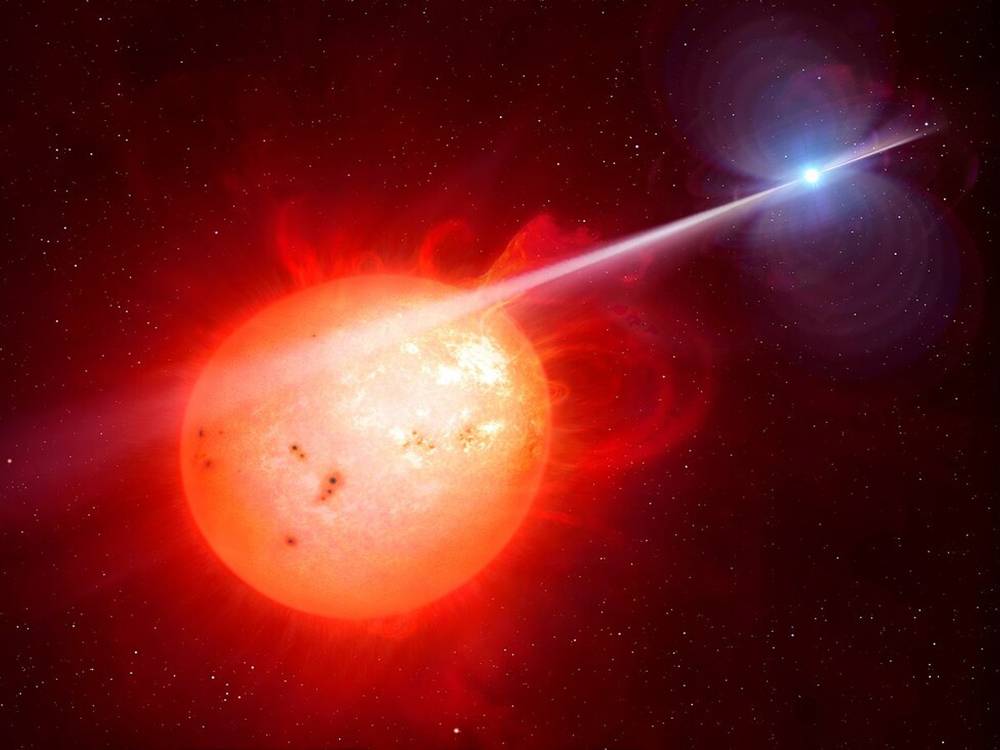Tony Hersch of Newbury Astronomy Society shares with us what to expect in the skies in January
This month spectacular Ursa Major (the “saucepan” or “plough” shape) stands vertically above the horizon in the North.
Follow an imaginary line joining the two stars at the end of the saucepan shape downwards and the next brightest star is Polaris, the pole star. This variable star (it changes its brightness over a period of four days) is about 433 light years away, is visible all year round and its position in the sky is such that it always points towards magnetic north and is a useful marker if you’re lost at night!
Near the highest point above your head is another bright star called Capella, the fourth brightest star in our northern hemisphere after Sirius, Arcturus and Vega and part of a constellation called Auriga. It’s only about 43 light years away and is one of the strongest sources of x rays in the night sky. Although it appears to be a single star to the naked eye, Capella is actually a quadruple star system organized in two binary pairs.
Keep a look out for meteors during the first 12 days of January when the Moon is only a crescent, because the Quadrantid meteor shower that started late in December continues. Look in the direction of Ursa Major about half way up the sky after midnight and you might see a meteor every few minutes. The peak happens around January 3rd. Regarding planets, Venus is bright this month in the mornings and can be seen just above and to the left of the crescent Moon at about 7am on January 8th. Saturn is shining in the evening sky. An easy time to spot it will be around 5pm on January 14th when it will be just to the right of a beautiful thin crescent Moon and well worth a look if it’s clear.
Topic of the month: Red Dwarfs
We tend to think we can see millions of stars in a dark clear night sky but in fact, unaided, even people with exceptional vision can only see at most 10,000 stars in a perfectly dark sky. There are many, many more stars we can’t see without a telescope. In fact of the 60 nearest stars to Earth, 50 are too dim for the unaided eye. These are red dwarf stars, the most common type of star in the universe, which glow a dull red and far less brightly than bigger stars. Red dwarf stars form just like other stars out of a molecular cloud of dust and gas. Gravity pulls the swirling gas and dust together, and it begins to rotate. The material clumps in the centre, and when it reaches a critical temperature, fusion begins. However red dwarfs have very low mass compared to brighter stars. As a result, they have relatively low gravity crushing material down, a low nuclear fusion rate, and hence, a low temperature and so they emit relatively little light. Even the largest red dwarfs have only about 10% of the Sun’s luminosity. Their low rate of nuclear fusion means they use up their fuel much slower than brighter stars and some are thought to have existed since the beginning of time, 13.8 billion years ago, far longer than other brighter stars. Because of their longevity and constant heat output astronomers are interested in the many planets which can orbit red dwarfs because these planets will have had constant conditions for far longer than Earth. If these planets have the right conditions for life to have evolved, like liquid water, they might be more likely to support life simply because of the duration of the constant conditions.
NewburyAstro welcomes everyone to their monthly astronomy meeting and beginners meeting (£2 for adults, free for under 18s) and also to star gazing and other events. See newburyastro.org.uk for details. Questions to [email protected]













Comments